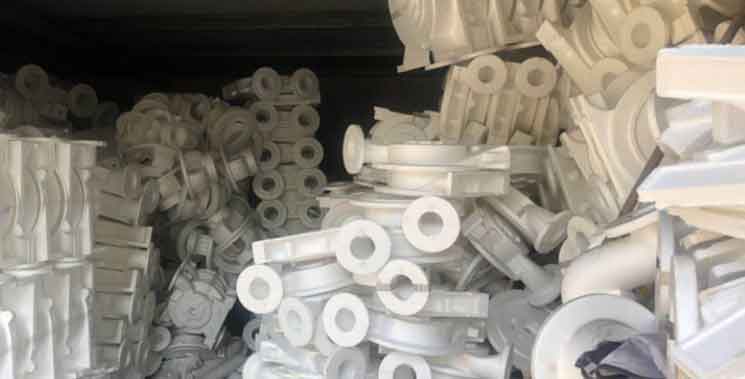Lost foam casting is indeed considered a green and sustainable approach to metal casting due to its various eco-friendly aspects. Here are some reasons why lost foam casting is considered environmentally friendly:

- Reduced Material Waste: Lost foam casting produces near-net-shape castings, which means that the final parts are very close to the desired shape. This reduces the amount of material waste generated during the casting process compared to traditional casting methods.
- No Sand Waste: Unlike sand casting, where the sand molds are destroyed after each casting, lost foam casting does not generate any sand waste. The foam patterns used in the process evaporate during pouring, leaving no residual material to be disposed of.
- Energy Efficiency: Lost foam casting requires lower energy consumption compared to other metal casting techniques, such as die casting or investment casting. This is because the foam patterns are easy to produce and require less energy for molding.
- Reduced Emissions: The lack of sand waste and the reduced energy consumption contribute to lower greenhouse gas emissions during the lost foam casting process.
- Integration of Components: Lost foam casting allows the integration of multiple components into a single casting, reducing the number of parts required and simplifying the assembly process. This leads to further energy and material savings.
- Lightweight Design: Lost foam casting enables the production of lightweight components with thin walls and intricate geometries. Lightweight components contribute to fuel efficiency and reduced emissions in vehicles and other applications.
- Flexibility in Material Selection: Lost foam casting can be used with various materials, including aluminum, iron, and other alloys. Choosing materials with lower environmental impacts further enhances the sustainability of the process.
- Reduced Water Usage: Unlike certain metal casting methods that require extensive use of water for mold preparation, lost foam casting uses minimal water during the pattern molding stage.
- Recyclability: Any excess material generated during the lost foam casting process, such as gating and risers, can be recycled and reused in future casting processes.
Overall, lost foam casting’s minimal material waste, reduced energy consumption, and lack of sand waste make it a greener and more sustainable metal casting method compared to some traditional techniques. As industries increasingly seek eco-friendly and energy-efficient manufacturing solutions, lost foam casting stands out as a viable and responsible option for producing complex and precise metal components while minimizing environmental impact.
